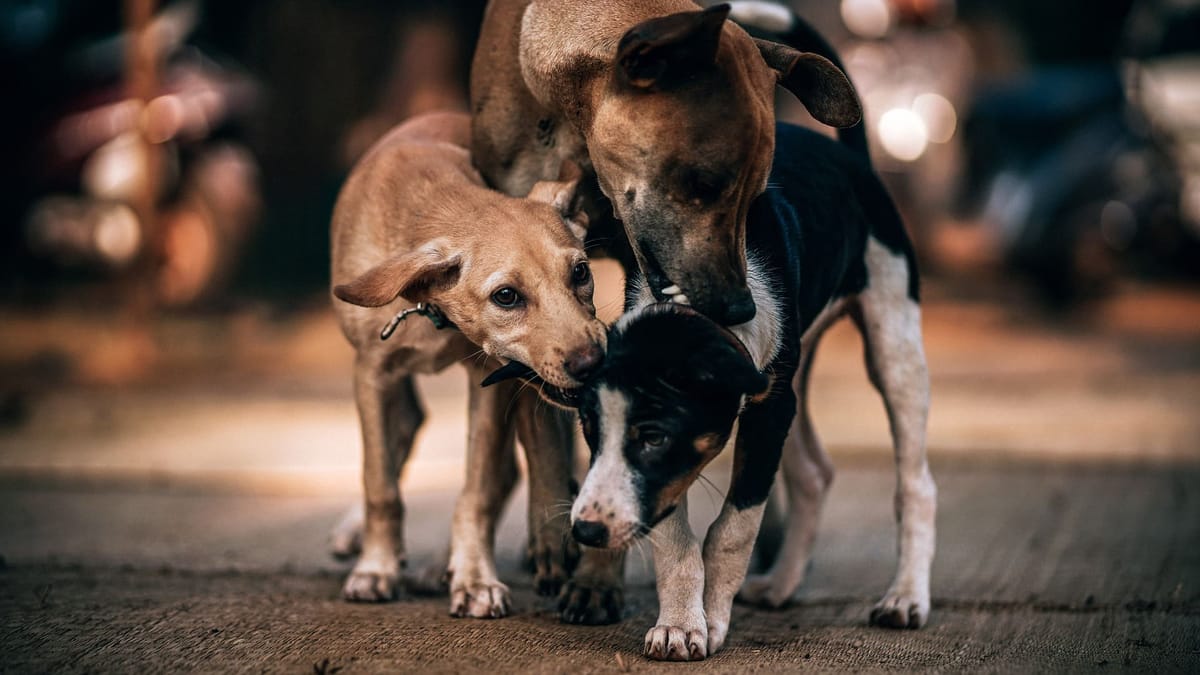I neighborhood dogs they represent the synthesis of a social, health and legislative concept. For this reason they have been a highly debated topic for years with the aim of reaching a resolution that satisfies everyone and which, at the same time, guarantees safety in our cities.
Let’s begin to understand what the law says and what practical declinations the regulations that legislate this area have!
Neighborhood dog: what does the law say?
The fate of neighborhood dogs changed radically on August 14, 1991 with the Law 281/91. Specifically, the title of the legislation reads: “Framework law on pets and prevention of stray dogs”. It was issued to protect the conditions – particularly in the hinterland of Southern Italy – in which the phenomenon of stray dogs had been raging for years.
The basic concept of this rule is that stray dogs, in themselves, are seen as a negative fact and its management must be carried out as soon as possible. Although the law 281/91 defines the guidelines of how to approach this phenomenon, the last word belongs to to the regions. For this reason, starting from that year each region issued its own law interpreting stray dogs, the figure of the neighborhood dog and its management in the most disparate ways.
Two currents of approach to the problem with a purely geographical difference have mainly been created: one from northern Italy and one from southern Italy. This legislative differentiation is directly related to the presence of neighborhood (or in any case free) dogs mainly in the south: let’s see the differences!
Neighborhood dog: the law in northern Italy
The neighborhood dog is managed in a totally different way in the northern and southern regions despite always referring to the law 281/91 which dictates the guidelines. The reason is simple: in the north there are very few neighborhood dogs (or at least there are far fewer than in the south). This reasonably leads us to the logical consequence of a more manageable approach: every dog that is defined as a stray is transported to the kennel.
This management also has a social and territorial basis, in fact in the metropolitan areas of Northern Italy it is not usual to come across stray dogs while the free dogs that can be encountered in the more rural areas come from the surrounding farms and, for this reason, are patrons.
Neighborhood dog: the law in southern Italy
The regulation for the neighborhood dog in southern Italy is completely different from that of the north and finds its maximum regional expression in Campania and Sicily (regions with a higher incidence of stray dogs).
The main problem? The overcrowding of kennels! In fact, in Sicily the regional law 15 of 2000 states that in the event of overcrowding in the management structures of free dogs, the competent authority can approve the release into freedom (subject to sterilisation, identification and vaccination).
In Campania, on the other hand, the situation is totally different with a concept of stray dogs that sheds rationality and embraces ethics:
«the dog is recognized the right to be a free animal, if the non-existence of dangerous conditions for men, animals and things is ascertained».
This definition is extrapolated from law 3 of 2019 which recognizes the possibility for dogs to live free provided they are healthy and harmoniously integrated into the territorial district in which they choose to live.
Adopting a neighborhood dog: is it possible?
The neighborhood dog is not our enemy, it is simply a furry friend with a more rustic temperament and greater adaptability.
How to adopt a neighborhood dog? First of all, you need to inform yourself and understand if your region allows this practice and, consequently, notify the competent authorities (Local Health Authority or municipality of residence) about the presence of one or more stray dogs in a given territory.
At this point, the possibility of taking it into foster care will be required, leaving it in its own habitat, but taking care of it both from a food and health point of view together with a dutiful ethological management. At that point the subjects will be sterilized, vaccinated, identified and promptly released on the territory from which they were taken.
Aggressive neighborhood dog: how to recognize it?
Do you have a nice neighborhood dog in the courtyard of your building? The first rule to always follow is caution. In general (even with patronal dogs on a leash) vehemence is not well seen by dogs.
Approaching a dog with all the trappings will prevent us from incurring unpleasant inconveniences. Dogs differ from each other by breed temperament and by the environmental influences in which they grew up. A dog that was mistreated or even beaten as a child will develop a phobic instinct towards humans that will lead him to defend himself even when there is no danger.
So it is important to understand if in your presence the dog:
In these cases it is recommended not to approach. If you consider a person dangerous, you can communicate it to competent authorities (Asl and municipality) in the way you prefer in order to request the management of the problem and the safety of the area.
Knowing the law is important, but it is even more important to be pragmatic and capable of managing one’s life in common spaces with nature and the animals that surround us.
This also implies clashes or inconveniences (for which the municipality and local health authorities respond), but it will always be important to conceive an ethical vision of life, just as the Campania authorities have done in the management of stray dogs who are applauded for their more humane management of straying.

